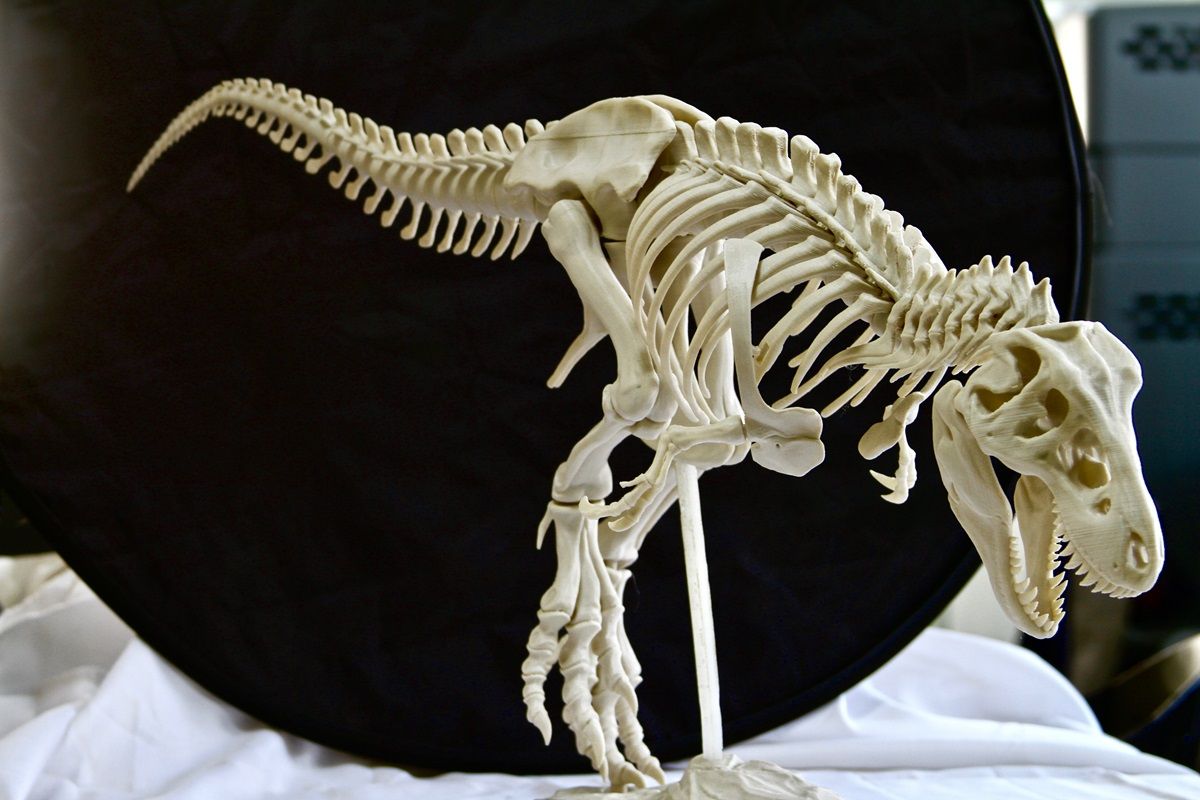Dinosaurs lived so long ago that sometimes it's hard to believe that they were actually real. It's even more difficult to believe that dinosaurs had something in common with us.
But they did. For example, until very recently, humans tended to reproduce before reaching full adult maturity. And so did the dinosaurs. Researchers have found that most dinosaurs became parents before they were old enough to vote, so to speak. T. Rex, for instance, was laying eggs by the age of eighteen. Other dinosaurs were as young as ten and even eight years old when they reproduced.
Questions abound. First, how do the researchers know this? nswer: by finding in dinosaur fossils a special type of bone tissue that stored calcium used to make eggshells. In birds, the same tissue forms a few weeks before they lay eggs. Same for dinosaurs, evidently. The researchers looked at calcium‑storing bone tissue samples from several dinosaurs, all of whom were apparently still in their teens while preparing to lay eggs.
Other researchers studied T. Rex fossils that had been found with eggs nearby. They counted growth rings in the T. Rex bones and found that the dinosaur was still developing when she became a mother.
So why did dinosaurs reproduce before they'd stopped growing? Because if they'd waited until maturity, they wouldn't have much time to reproduce. The life span of many dinosaurs was around twenty-five to thirty years. So natural selection favored those that laid eggs when they were still relatively young and spry.










